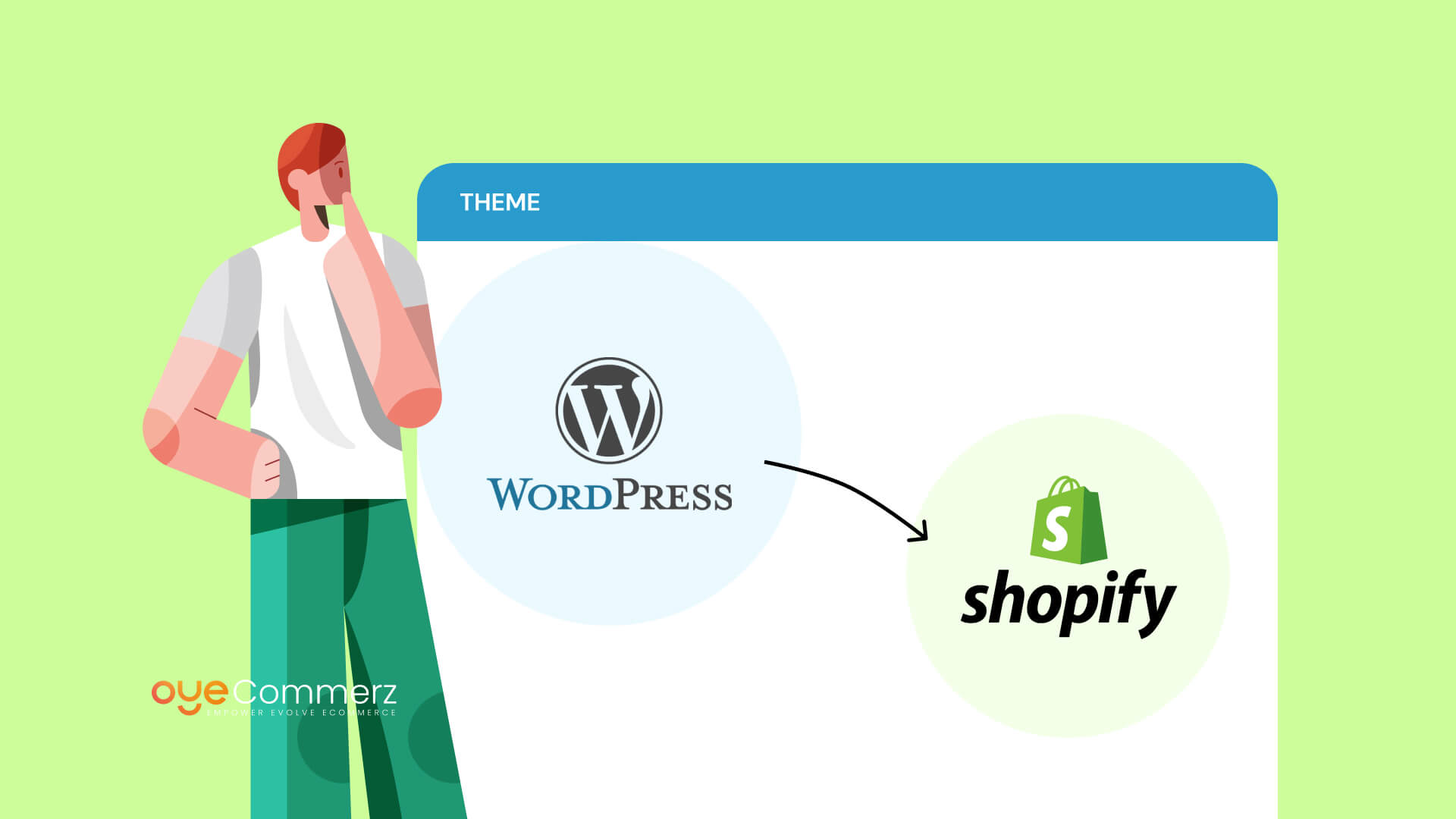Shifting from WordPress to Shopify is an promising step toward streamlining your e-commerce processes. As businesses grow, selecting a solution that aligns with scalability, UX, and flexibility is essential. Shopify is widely recognized as a preferred choice for online merchants, providing unmatched flexibility, data protection, and ease of use. In this guide, we’ll explore the transformative impact of this migration, discuss the advantages, and provide practical tips to ensure a smooth transition.
1. Why Switch from WordPress to Shopify?
The combination of WordPress and WooCommerce, continues to support countless online stores. However, as businesses expand, issues like plugin dependency, security vulnerabilities, and technical complexities can hinder progress. Shopify, specifically created for digital retail, eliminates these issues with an all-in-one, intuitive solution. Statistics supports this transition—Shopify powers over 4.4 million websites worldwide, with a reported 10% increase in sales conversion rates for many businesses post-switch.
2. Key Benefits of Shopify for E-commerce Success
Shopify’s powerful platform caters for scaling brands. Its standout features include:
- Effortless Design Flexibility: Shopify offers over 80 expertly crafted themes.
- Integrated Tools: Capabilities such as Shopify Payments and built-in SEO streamline operations.
- International Expansion: Currency versatility and regional customization enable brands to expand internationally.
Additionally, Shopify boasts an availability percentage of 99.98%, guaranteeing your website is always operational.
3. Preparing for WordPress to Shopify Migration
Prior to starting the migration process, evaluate your existing setup. Review product data, customer details, and SEO performance. Tools like Shopify’s Migration Kit or third-party solutions help ease the transition. Develop a comprehensive plan, making sure all assets—item details, media files, and articles—are ready for seamless import.
4. The Importance of Accurate Data Migration
Transferring your data is a cornerstone of a successful transition. When migrating from WP to Shopify, prioritize:
- Product Information: SKU, descriptions, and Shopify migration case study groupings.
- Client Information: Emails, purchase records, and preferences.
- SEO Optimization: Preserve meta tags, URLs, and forwarding paths to avoid SEO losses.
Leverage apps like LitExtension to facilitate seamless migration while minimizing errors.
5. Customizing Your Shopify Store
Post-migration, personalizing your Shopify store helps it aligns with your brand. Utilize Shopify’s drag-and-drop editor to design pages effortlessly. Shopify's themes are optimized for all devices, ensuring a smooth UX across platforms—a critical factor, since 74% of online shopping is generated by mobile visitors.
6. How to Protect Your SEO Rankings When Switching Platforms
SEO is vital for preserving your online presence during migration. Shopify excels in SEO with organized link formatting, preloaded features, and smooth content management. Ensure:
- Set up URL forwarding for old URLs.
- Optimize new pages with targeted phrases.
- Leverage plugins like Plug in SEO to track analytics post-migration.
7. Post-Migration Testing
Once the migration is complete, conduct thorough testing.
Check: - Website speed (Shopify delivers faster speeds compared to WordPress).
- Functionality of payment gateways and checkout processes.
- Adaptability across devices.
Quality assurance guarantees your store delivers a seamless shopping experience from the start.
8. Case Study of a Successful Migration
An example of effective platform switching is Gymshark, a fitness apparel brand that transitioned to Shopify. Post-migration, the company saw a 60% increase in WooCommerce to Shopify migration mobile sales and significantly lowered site downtime. This highlights the capabilities of Shopify in enhancing e-commerce growth.
9. Overcoming Common Migration Issues
Migration is not without obstacles, such as information accuracy and adjusting tailored features. However, Shopify’s extensive assistance and third-party experts make overcoming these hurdles manageable. Collaborating with qualified Shopify developers helps guarantee a trouble-free transition.
10. Starting Your Journey with Shopify
Switching from WordPress to Shopify represents a forward-thinking approach to e-commerce. By addressing scalability, simplifying management, and enhancing the customer experience, Shopify enables companies to succeed in competitive markets.
Conclusion
Transitioning from WP to Shopify is a strategic move that can greatly enhance your online business performance. With a robust migration plan, the appropriate resources, and expert support, you can achieve new success milestones.
Ready to make the leap? Let’s discuss how our Shopify migration services can revolutionize your online store. Get in touch today, or consider: Is it time to seize Shopify’s advantages for your store?
